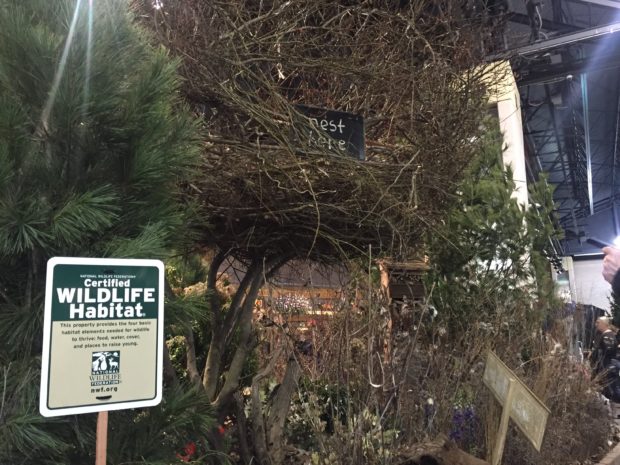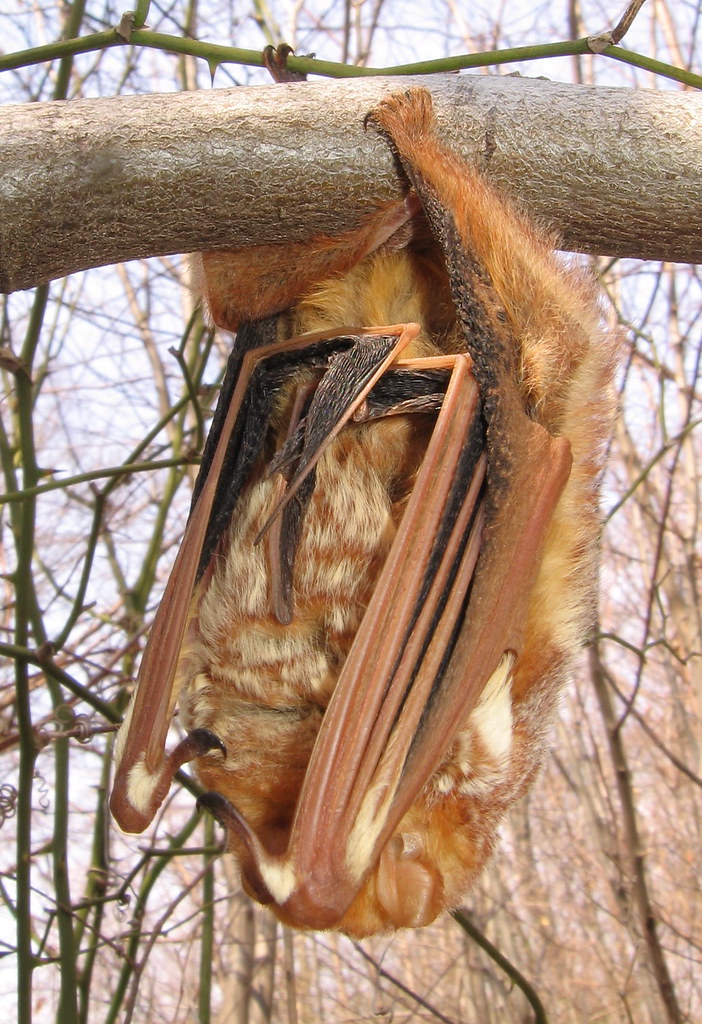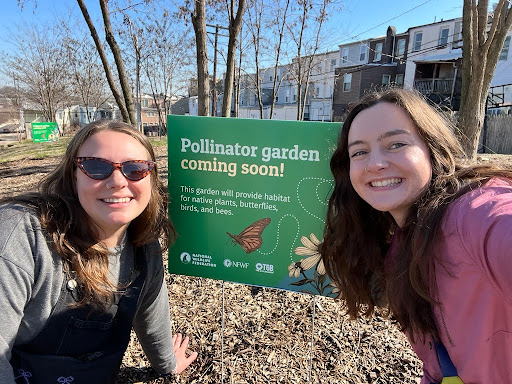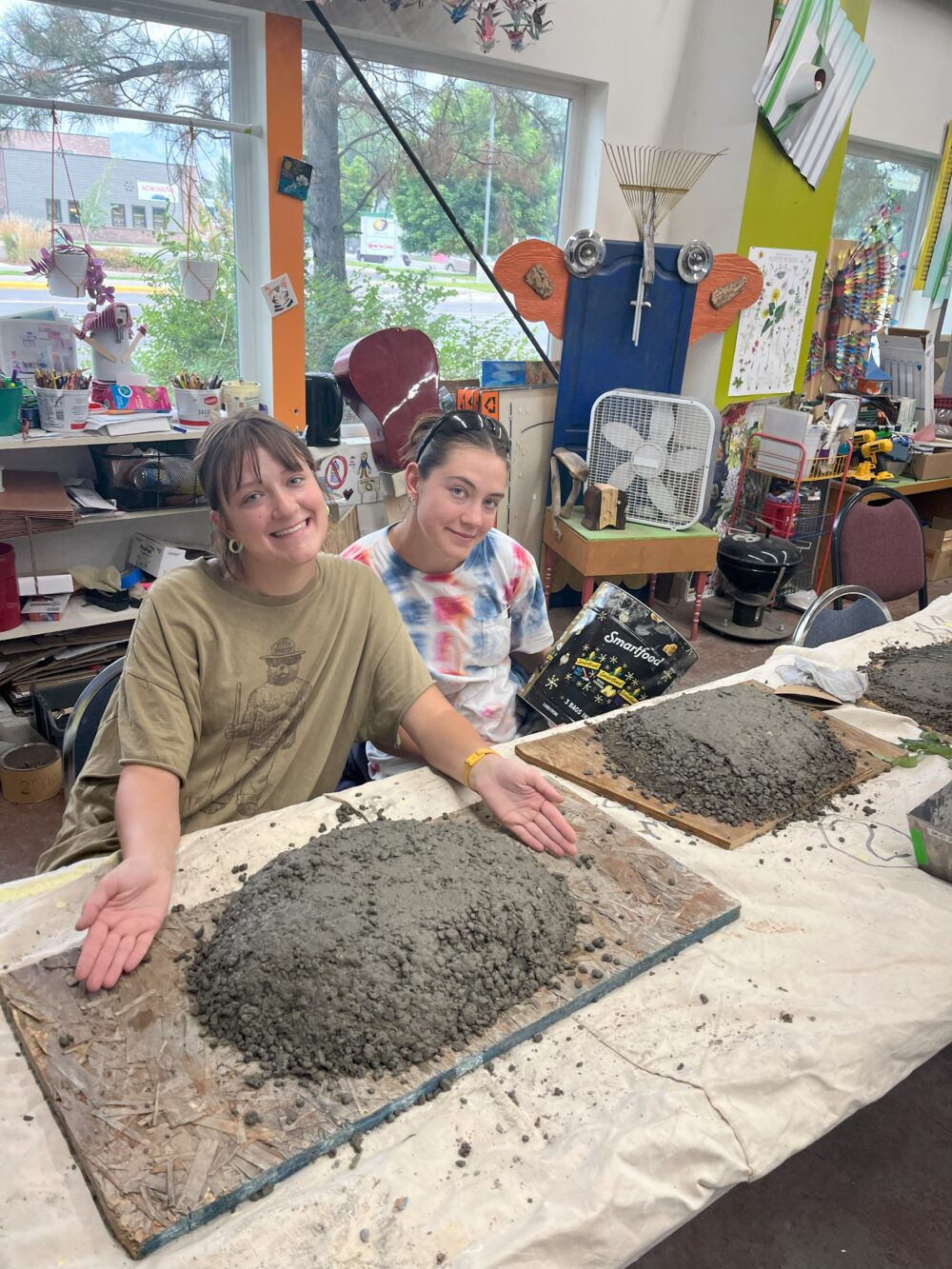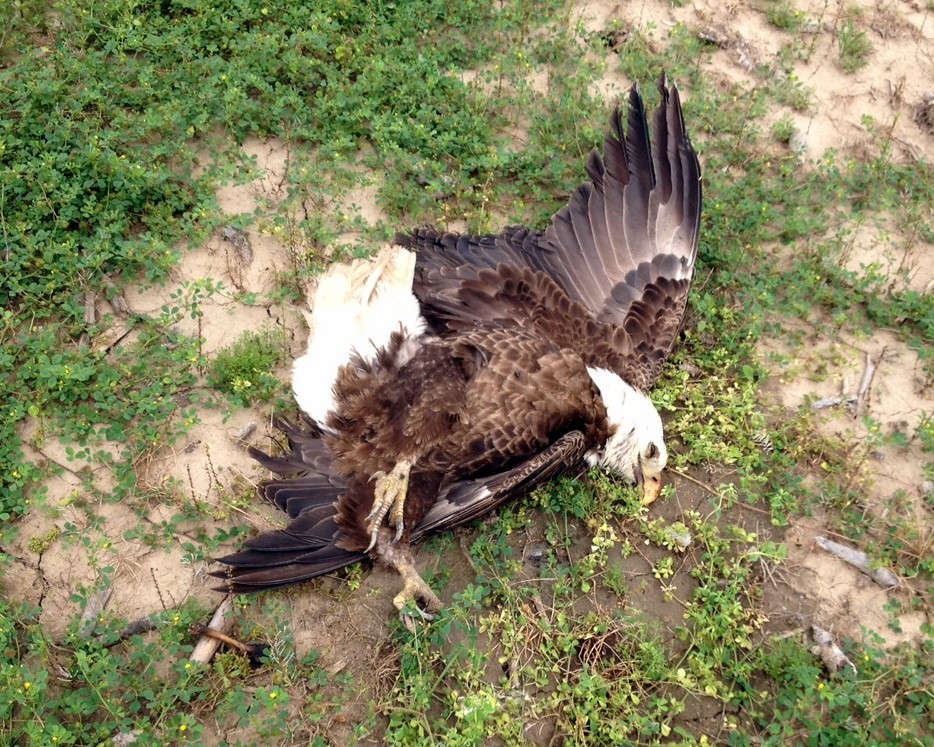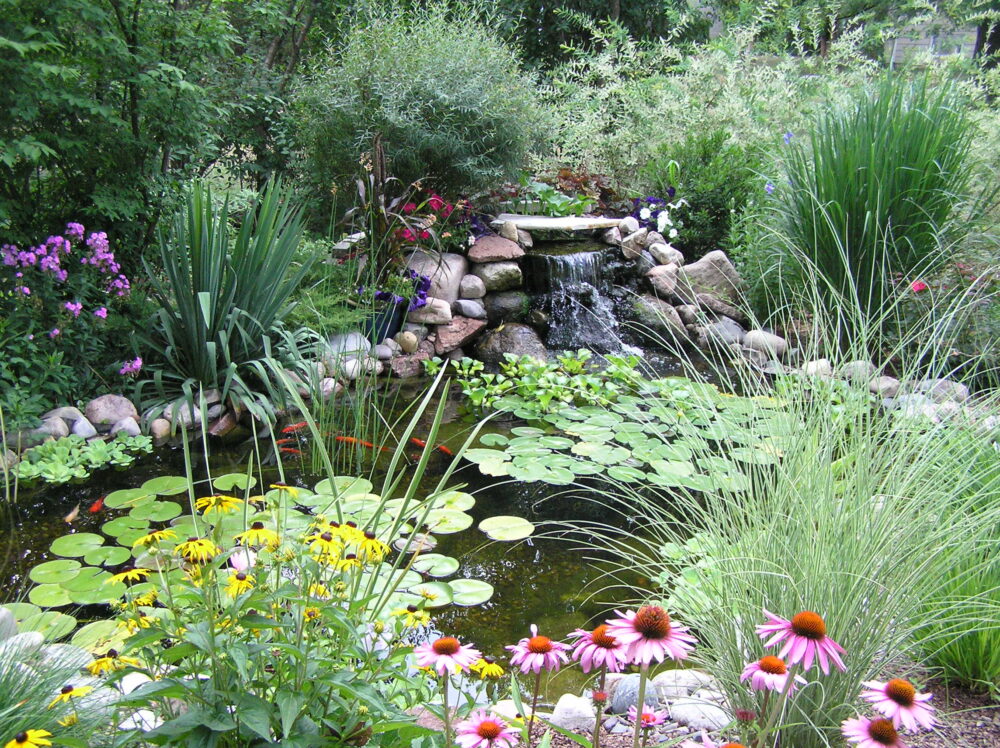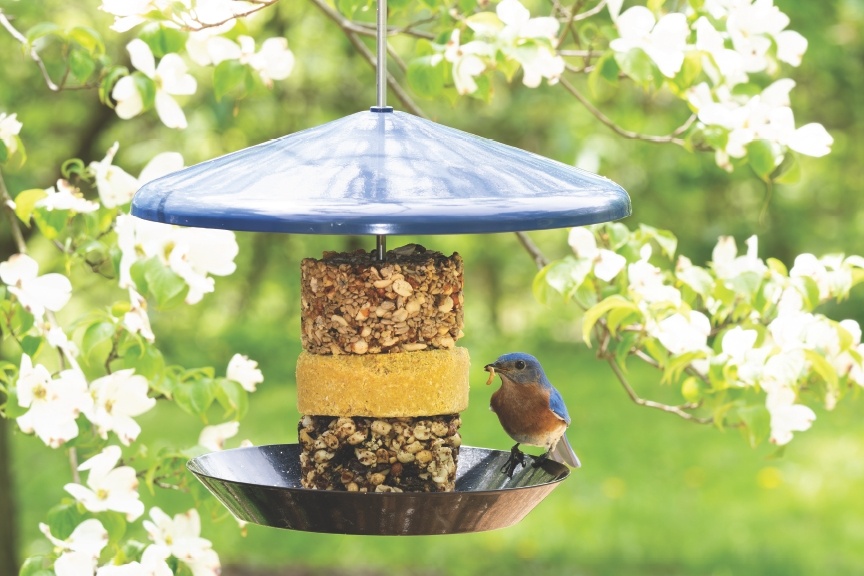We have much more to do and your continued support is needed now more than ever.
A Stroll Through the Philadelphia Flower Show
Started in 1829 by the Pennsylvania Horticultural Society, the Philadelphia Flower Show is the largest horticultural event in the U.S. Each year, the show “introduces the newest plant varieties, garden and design concepts, and organic and sustainable practices.”
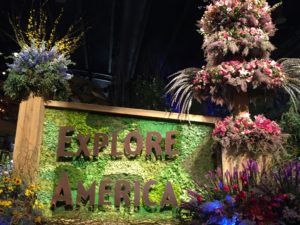
The 2016 show celebrates the centennial of the National Park Service with the theme “Explore America.” Displays inspired by iconic parks like Acadia, Valley Forge, Yellowstone, and Yosemite take visitors on a journey across our nation’s stunning parklands — and naturally, since it is hosted in Philadelphia, no exploration would be complete without a floral Liberty Bell.
This year, the National Wildlife Federation teamed up with our long-time partner, Bank of America, and Pennsylvania Horticultural Society designer Michael Petrie to create a garden that represents the essential elements of wildlife habitat: food, water, cover, and places for wildlife to raise their young.
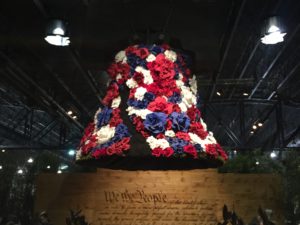
Our garden, “Certified Wild: America’s Backyard” represents a place where you can connect with the natural world: imagine the fluttering of butterfly wings, the sound of songbirds, and making a healthier planet.
In case you don’t make it to the show before it ends on Sunday, take a quick stroll through our exhibit.
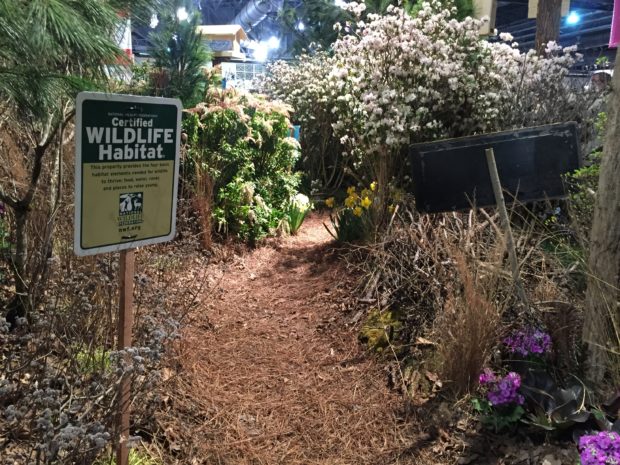
Food
Everyone needs to eat! Planting native forbs, shrubs and trees is the easiest way to provide the foliage, nectar, pollen, berries, seeds and nuts that many species of wildlife require to survive and thrive. You can also incorporate supplemental feeders and food sources.

Water
Wildlife need clean water sources for many purposes, including drinking, bathing and reproduction. Water sources may include natural features such as ponds, lakes, rivers, springs, oceans and wetlands, or human-made features such as bird baths, puddling areas for butterflies, installed ponds or rain gardens.
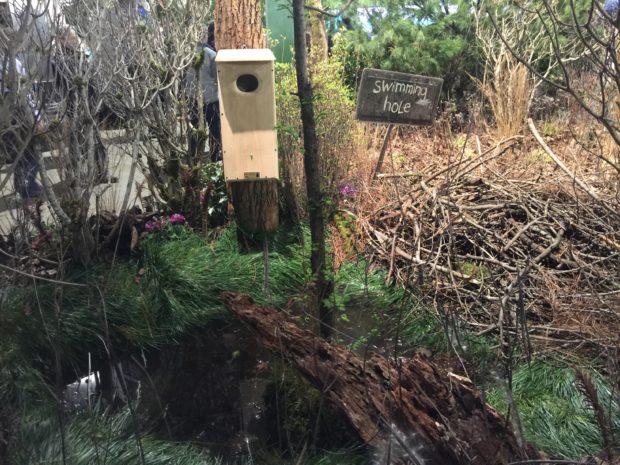
Cover
Wildlife require places to hide in order to feel safe from people, predators and inclement weather. To provide cover in your garden, use things like native vegetation, shrubs, thickets and brush piles or even dead trees.

Places to Raise Young
Wildlife need a sheltered place to raise their offspring. Many places can double as locations for cover and where wildlife can raise young. Examples include wildflower meadows and bushes where many butterflies and moths lay their eggs, and caves where bats roost and form colonies.
